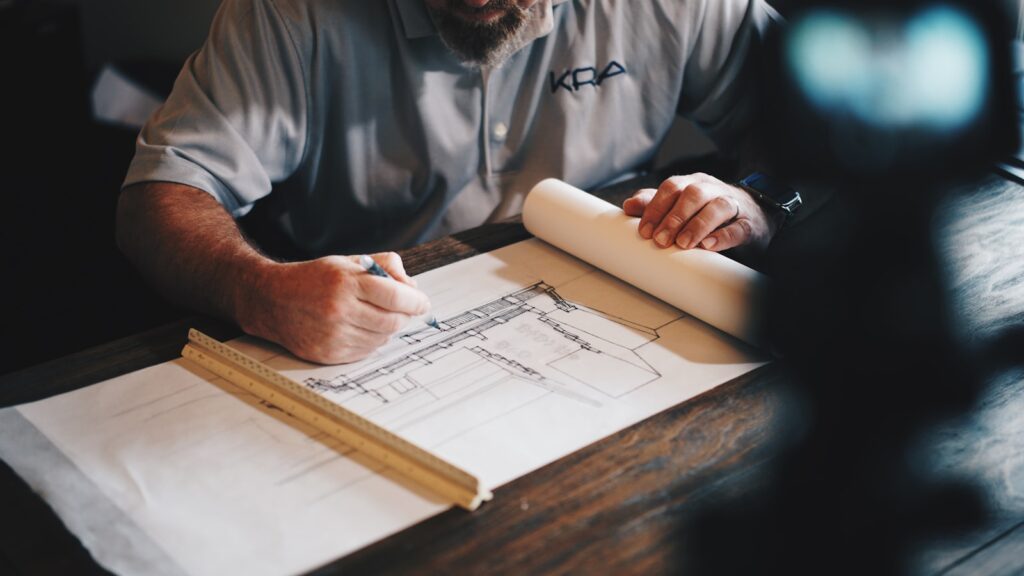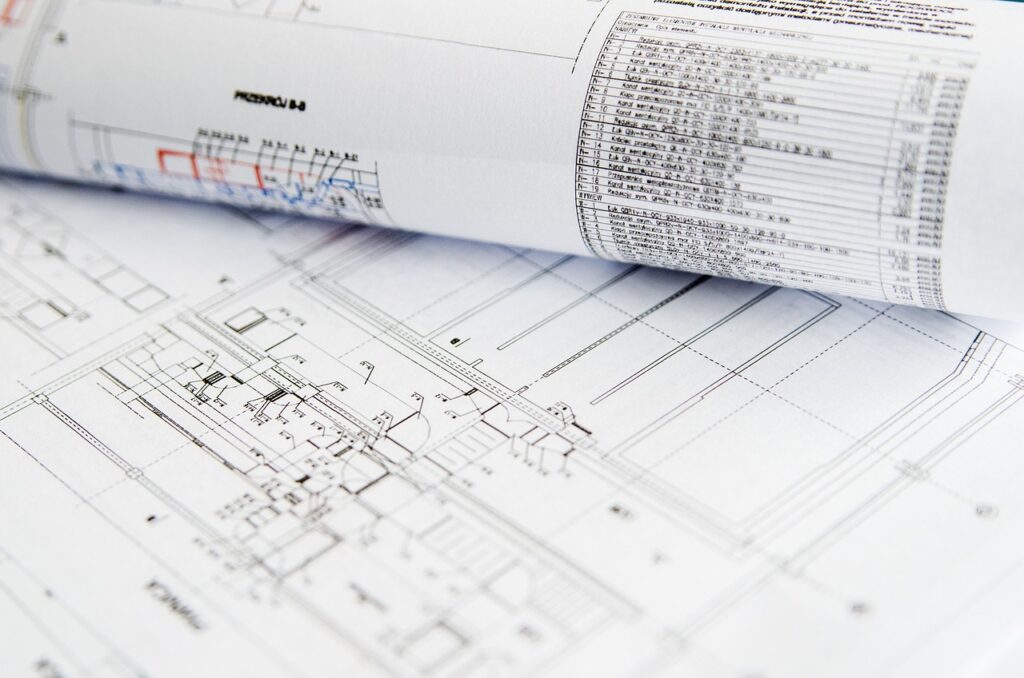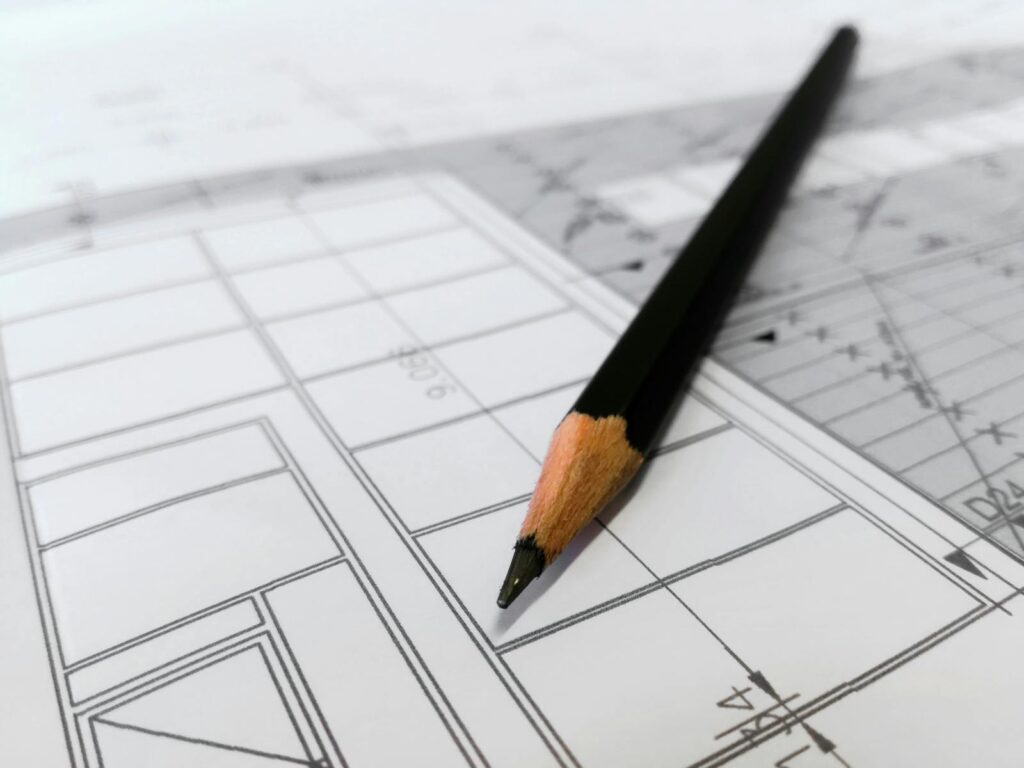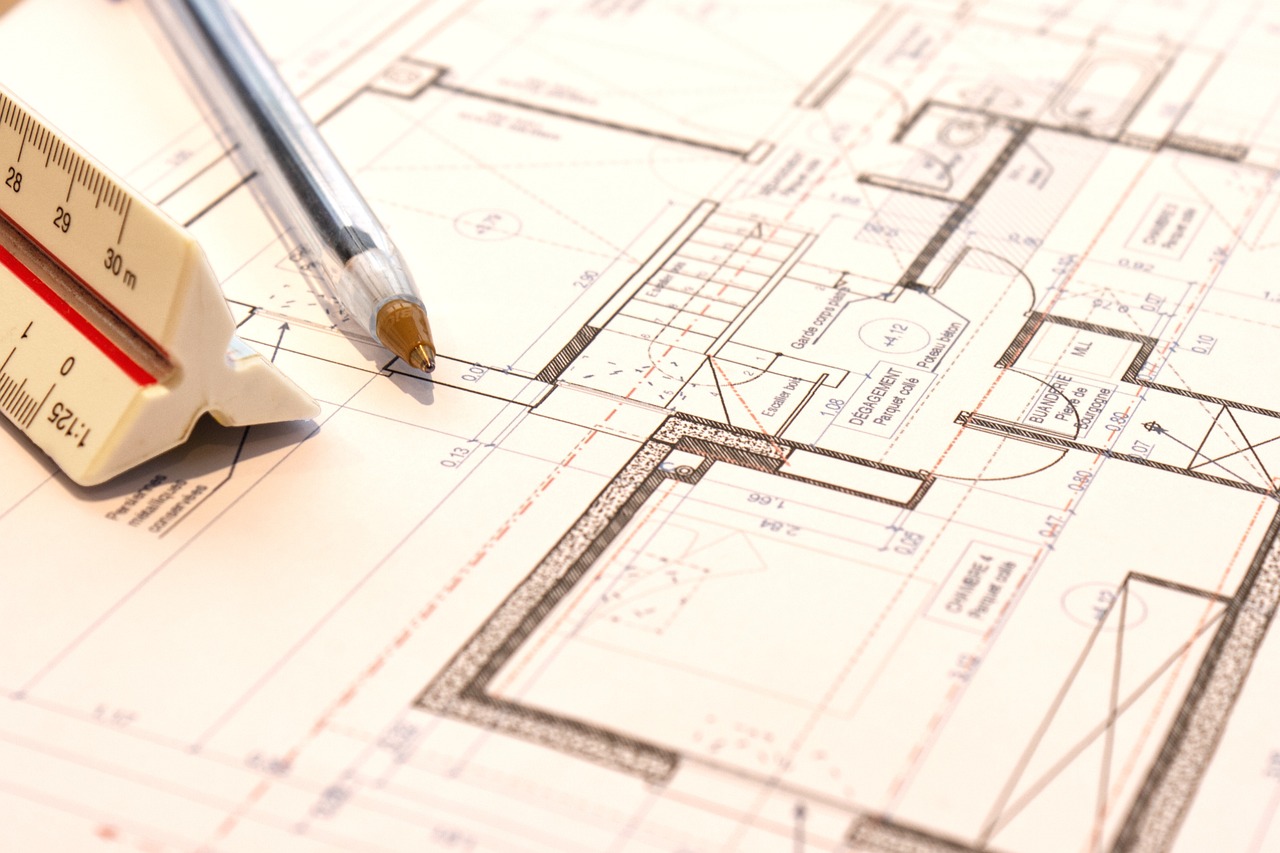In the world of construction, ensuring that a building works as envisioned is no small feat. With intricate systems and complex processes, it can sometimes feel like you’re trying to complete a puzzle without all the pieces. Enter commissioning—the unsung hero of construction projects. This process is the glue that binds design intent to operational reality, ensuring everything works harmoniously from the get-go.
Today, we’ll unravel the commissioning process, offering insights and practical advice tailored specifically for building owners and construction clients. Whether you’re a seasoned developer or just dipping your toes into the world of construction, understanding commissioning can drastically reduce operating costs, enhance building performance, and ensure you meet the owner’s project requirements.
What is Commissioning?
Commissioning is a systematic process that focuses on quality. The primary aim of commissioning projects? To ensure every aspect of a building’s systems and components works seamlessly together in the commissioning plan, matching the owner’s project requirements. According to the ASHRAE Standard 202-2013, this process isn’t just a formality—it’s essential for achieving First Time Quality (FTQ).
By verifying and documenting that all systems and assemblies meet the intended design, commissioning ensures buildings operate as expected from day one. This proactive approach not only prevents costly oversights but also maximizes energy efficiency. In simpler terms, commissioning is like giving your building a thorough check-up before it goes live.
The Commissioning Process
The commissioning process unfolds over several distinct phases. It begins with the planning stage, which involves setting clear commissioning goals and assembling a dedicated commissioning team. Next comes the design phase, where the project’s design specifications are aligned with the owner’s requirements.
During the construction phase, commissioning activities focus on verifying the installation of building systems and components. Finally, the post-construction phase involves testing and verification to ensure everything operates as intended.
The collaboration between the commissioning team and construction teams is vital throughout this process. They work together to ensure that each system functions optimally, from HVAC systems to lighting controls. By addressing issues early in the construction process, commissioning minimizes risks and ensures a smooth transition to building operation.

Construction Commissioning | Design and Construction Phases
The design and construction phases of a project lay the foundation for successful commissioning. During the design phase, detailed construction plans are developed, and design intent is clearly defined. This phase involves collaboration between design professionals, project managers, and commissioning providers to ensure that the design aligns with the owner’s operational requirements.
In the construction phase, commissioning activities come into play. This includes verifying that systems and components are installed correctly and according to design specifications. Functional testing is conducted to ensure that systems operate as intended. The commissioning team works closely with trade contractors to verify quality and performance, ultimately leading to a successful commissioning process.
Building Systems and Commissioning
Building systems are at the heart of commissioning. Systems such as HVAC, electrical, and mechanical systems are carefully planned, installed, inspected, tested, and managed through the commissioning process. The goal is to ensure that these systems function efficiently and meet the owner’s project requirements.
Commissioning establishes and documents the “Owner’s Project Requirements” (OPR) criteria for system function, performance expectations, and maintainability. This documentation serves as a reference throughout the building’s lifecycle, providing valuable insights for maintenance personnel and building owners.
Commissioning Applications
Commissioning plays a crucial role in various applications, from new building projects to existing building renovations. It is essential for achieving Leadership in Energy and Environmental Design (LEED) certification, as it ensures that structures are built efficiently and with energy-saving capabilities.
In mission-critical facilities such as data centers and pharmaceutical facilities, commissioning is integral to ensuring operational readiness. These facilities rely on precise performance verification to minimize downtime and maximize energy efficiency. Commissioning also supports the maintenance and renovation of existing buildings, extending their lifecycle and optimizing energy use.
Commissioning Services and Providers
Commissioning services are offered by experienced providers like BB&A Construction Services. These providers work closely with project managers, contractors, and building owners to implement commissioning plans and ensure the seamless integration of critical systems.
Commissioning teams collaborate with clients to verify individual equipment, procedures, and complex project segments. Their expertise ensures that systems are optimized for performance, safety, and energy efficiency. BB&A Construction Services, for example, has been an invaluable partner to leading manufacturers in the pharmaceutical, medical device, semiconductor, and datacenter sectors since 1989.

Benefits of Commissioning
The benefits of commissioning extend beyond the construction phase. Building commissioning delivers measurable, bottom-line benefits to building owners, occupants, design and construction teams, and the environment. Commissioning helps mitigate risk, ensures building performance, prevents expensive breakdowns, and maximizes energy efficiency, environmental health, and occupant safety.
Commissioned buildings tend to be more energy efficient, with lower operating costs and fewer change orders or claims. By ensuring that systems operate as intended, commissioning contributes to sustainable building practices and reduces greenhouse gas emissions.
Commissioning Goals and Objectives
The primary goal of commissioning is to ensure that a building and its systems meet the owner’s project requirements. Commissioning aims to achieve energy efficiency, environmental health, and occupant safety. By verifying compliance with design intent and performance criteria, commissioning ensures that buildings operate optimally.
Commissioning objectives include reducing operating costs, enhancing indoor air quality, and ensuring temperature control. These objectives contribute to a comfortable and efficient environment for building occupants. By focusing on the owner’s requirements, commissioning aligns the project with the client’s operational needs.
Regulatory Requirements and Industry Standards
Commissioning is essential for ensuring that a building’s design and construction meet the owner’s requirements and relevant codes, standards, and regulations. The commissioning process is defined by ASHRAE Standard 202-2013 and other industry standards. These standards provide guidelines for commissioning practices and ensure consistency in the commissioning process.
Compliance with industry standards is crucial for achieving successful commissioning. Building owners and construction clients can rely on commissioning providers to ensure that their projects meet regulatory requirements and industry benchmarks.
Technological Advancements and Innovations
Technological advancements have revolutionized the commissioning process. Monitor-based commissioning uses innovative techniques to explore systems in real-time, targeting specific components and maximizing energy use. This approach allows for continuous monitoring and performance verification throughout the building’s lifecycle.
Commissioning providers implement commissioning software to automate record-keeping, team management, and other activities relevant to the building process. These tools enhance communication and collaboration among project stakeholders, ensuring a streamlined and efficient commissioning process.

Owner and Occupant Needs and Expectations
The commissioning process focuses on verifying and documenting that each building component is installed and operating correctly, meeting the performance requirements of the design. The primary purpose of commissioning is to guarantee that a building or system is designed, installed, and operated to satisfy the owner’s operational needs.
Building owners and occupants benefit from commissioning by experiencing improved building performance, reduced operating costs, and enhanced indoor air quality. Commissioning aligns the project with the client’s operational requirements, ensuring a successful outcome.
Commissioning Project Management
The commissioning team plays a vital role in the construction process. Comprising experienced engineers, project managers, and commissioning providers, the team ensures alignment throughout the project. The commissioning team collaborates with trade contractors and construction teams to verify quality and performance.
During the post-construction/project closeout phase, the commissioning provider assesses their effectiveness against the results. This evaluation provides valuable insights for future projects and ensures continuous improvement in the commissioning process.
Testing and Verification
Functional testing is a critical component of the commissioning process. It ensures that building systems operate as intended and meet the owner’s project requirements. Functional tests are conducted throughout all phases of the project, from design to operations.
The commissioning team verifies and documents compliance with the owner’s project requirements (OPR) criteria. This documentation serves as a valuable resource for maintenance personnel and building owners, providing insights into system performance and maintenance requirements.
Troubleshooting and Issue Resolution
The commissioning process enables proactive correction of oversights and avoids costly modifications. The commissioning provider conducts periodic checks, verifying performance and implementing modifications as needed during the post-occupancy care phase.
Troubleshooting and issue resolution are essential for maintaining building performance and maximizing energy efficiency. By addressing issues early in the commissioning process, building owners can avoid costly repairs and ensure a successful project outcome.

Conclusion
Understanding commissioning is not just about ticking off boxes on a checklist. It’s about ensuring that every part of a building functions harmoniously, meeting the owner’s requirements and the occupants’ needs.
Whether you’re embarking on a new building project or enhancing an existing building, commissioning is a quality-focused process that guarantees optimal performance and energy efficiency. For building owners and construction clients, commissioning is the key to unlocking a successful construction project.
For those interested in exploring further, resources such as ASHRAE Standard 202-2013 and commissioning providers like BB&A Construction Services offer valuable insights into the world of commissioning. By partnering with experienced providers, building owners can ensure that their projects are built to last, with maximum energy efficiency and performance.
Additional Resources
To further explore the commissioning process and enhance your understanding, consider consulting the following resources:
-
ASHRAE Standard 202-2013 – Provides comprehensive guidelines for building commissioning, detailing best practices and standards for ensuring quality and optimal performance.
-
Building Commissioning Association (BCA) – Offers resources, training, and professional certifications to enhance expertise in building commissioning.
-
US Green Building Council (USGBC) – Facilitates knowledge-sharing on sustainable building practices, including commissioning as a key element for achieving green building certification.
-
National Institute of Building Sciences (NIBS) – Provides resources on enhancing building performance, offering valuable insights into various commissioning strategies and innovations.
-
International Energy Agency (IEA) – Provides reports and collaborative resources on energy policy and technology, including topics on building efficiency and commissioning.
-
Energy Star – Offers guidelines and tools to improve building energy performance, emphasizing the role of commissioning in achieving energy efficiency.
-
National Association of Energy Service Companies (NAESCO) – Focuses on performance contracting and energy services, highlighting the importance of commissioning in energy management.
-
Facility Guidelines Institute (FGI) – Publishes guidelines and standards to improve facilities’ function and performance, useful for those involved in healthcare commissioning.
-
Commissioning Agents, Inc. – Provides commissioning and energy services offering expertise and extensive resources for optimizing building performance.
-
Green Building Initiative (GBI) – Promotes sustainability in building through programs like Green Globes, with commissioning recognized as a critical component.
These resources can aid in gaining a broader understanding of commissioning’s impact on diverse building projects and energy efficiency strategies.

